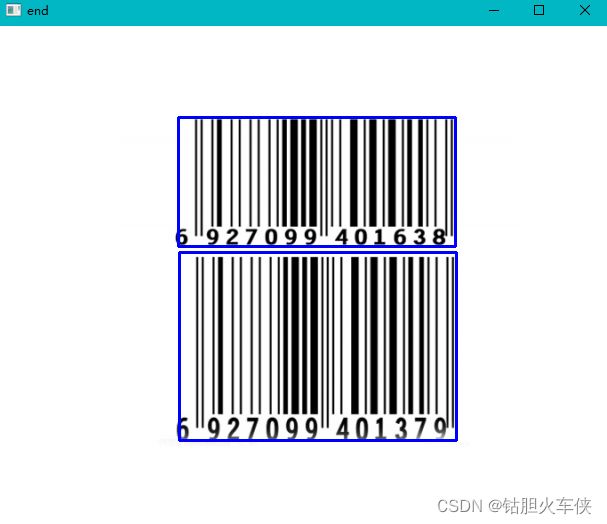使用OpenCV+ZBar实现多条形码识别
本工程是利用OpenCV4.5.4进行图像预处理,将条形码找到并送进ZBar进行识别
目前能实现对干扰少的多条形码图片进行是被,后期希望能够利用摄像头在有干扰的情况下对条形码进行识别
工程代码
#include 运行效果


在编写过程中遇到的最大的问题就是在利用Opencv画出Roi区域后转换为ZBar的图像类型进行识别总是会识别出同一排的其他二维码。
出现这种问题的原因是因为在划定Roi区域的时候并不会划定一块新的区域来储存图像,而是指向原来的图像,相当于将原图送到了ZBar进行识别,解决方法是利用copyTo()将划定的Roi区域储存在新的图像变量中。
详细解释:
openCV_C++笔记 : ROI感兴趣区域与Rect类
关于opencv中ROI区域的理解